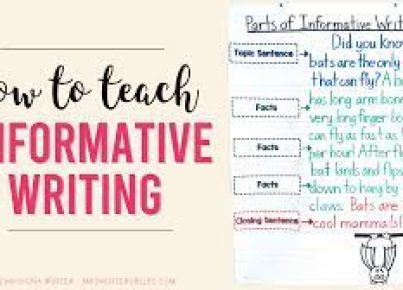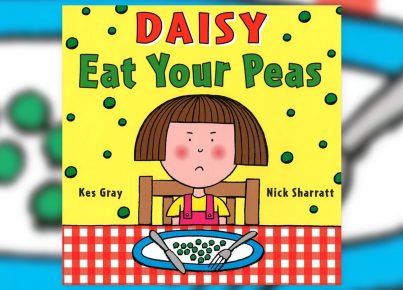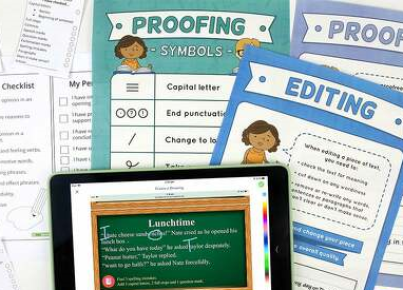Introduction
A great plot is the foundation of any memorable story, whether it be a novel, film, or stage play. It is the glue that holds together characters and settings, capturing the reader’s attention and imagination from beginning to end. In this guide, we will explore essential elements and tips for creating an engaging plot for students and teachers.
1. Outline Your Story Idea
Before diving into the intricacies of your plot, start with a simple outline that summarizes your story idea. This can help clarify the direction of your narrative and ensures you have all key elements in place.
– Identify your protagonist (main character)
– Determine their goal or motivation
– Pinpoint any obstacles they face along the way
– Consider possible resolutions to reach the goal
2. Structure Your Plot
Most plots follow a classic narrative structure that includes a beginning, middle, and end. One popular method is the three-act structure:
– Act 1 (Beginning): Introduces characters, setting, and central conflict
– Act 2 (Middle): Protagonist faces complications; tension rises
– Act 3 (End): Climax, confrontation, and resolution
Organizing your plot into a clear structure ensures that you guide readers through a compelling journey with well-timed key moments.
3. Create Conflict
The heart of your plot lies in the conflicts your protagonist encounters on their journey. Conflict creates tension and provides opportunities for growth and change. There are several types of conflict to choose from:
– Character vs. Character
– Character vs. Society
– Character vs. Nature
– Character vs. Self
– Character vs. Supernatural
Incorporate at least one major conflict to keep readers engaged in your story.
4. Develop Subplots
Subplots can add depth and richness to your main plot by exploring secondary characters or themes. They should intertwine and support the main plot, adding more complexity and intrigue without distracting from the central story.
5. Foreshadowing and Suspense
Maintain reader interest by incorporating foreshadowing and suspense throughout your plot. Foreshadowing hints at future developments in the plot, while suspense keeps readers guessing as to what might happen next.
6. Craft a Compelling Ending
Leave a lasting impression on your audience by creating an ending that is satisfying, surprising, or thought-provoking. Be sure to:
– Resolve the primary conflict
– Offer a sense of closure for your protagonist and other important characters
– Consider any lingering questions or themes in your story, and address them if necessary
Conclusion
Writing a great plot is an exciting yet challenging process. By following these steps and paying special attention to structure, conflict, subplots, foreshadowing, and crafting an impactful ending, you can create an engaging and memorable narrative worth sharing with students, teachers, or any audience eager to connect with your story.




